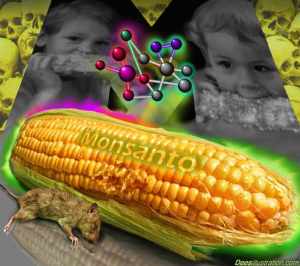Access to fresh food is a major concern of the green movement. Locally grown food is better for both consumers and the environment principally because it most likely was picked within the last day or two and is crisp, sweet and loaded with flavor. Fresh produce loses its nutrients quickly. Its sugars turn to starches and plant cells shrink. Consequently, locally produced fruits and vegetables have more flavor and nutrients and are better for you.
Locally produced food is good for the economy because the money made from sales by local farmers is reinvested into the area economy, enabling these communities to thrive and remain resilient, especially during downturns. Local farmers are better positioned to practice sustainable techniques and are mandated by local governments to keep pesticides and other chemicals out of runoff water. Because their farms are smaller than those of corporate conglomerates, these farmers have greater flexibility to maintain crop diversification and to implement sustainable harvesting methods that impact the quality of the water source. Another benefit of purchasing produce locally is that it reduces our carbon footprint, as food does not have to be transported long distances to be sold.
The emergence of farm-to-table eateries also has become popular all over the country. Chefs spearhead this movement with a goal to maintain access to fresh ingredients that are not sprayed with chemicals to protect them on long trips to restaurants and also to leave a smaller eco-footprint. Farm-to-table eateries also serve to assure green-minded consumers that the meals they purchase at restaurants and eateries are healthy.
The current harvest season with its bounty of fresh fruits and vegetables offers consumers a great opportunity to experience locally grown fruits and vegetables. Make sure you check local directories for times for farmers’ markets or stop by local farm stands to purchase fresh fruits and vegetables. When planning to eat out, do a little research and farm-to-table restaurants and local eateries a try. Remember to live green, be green.





